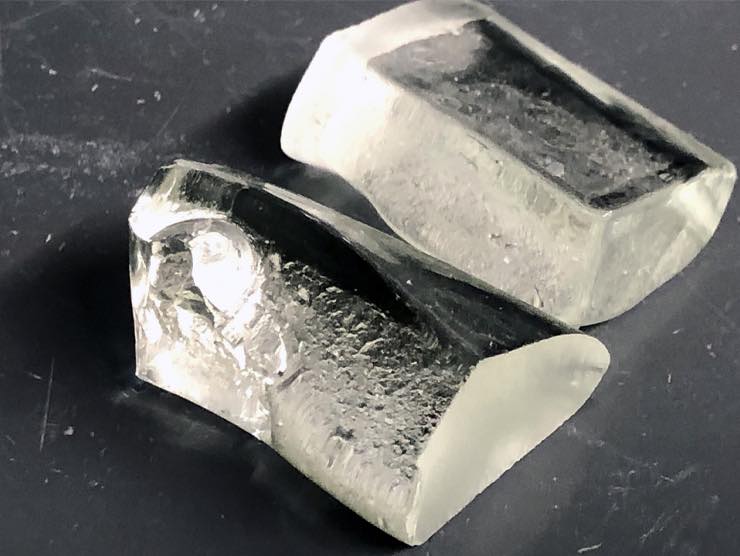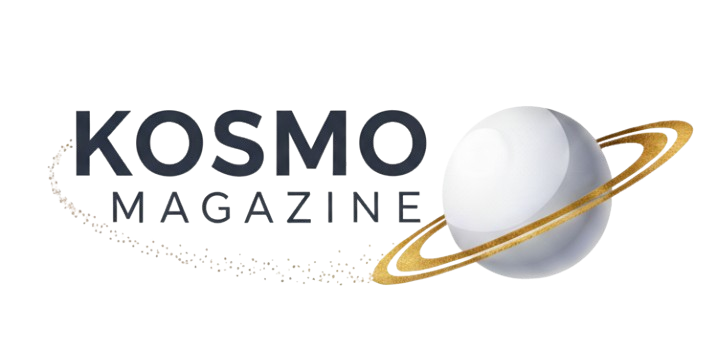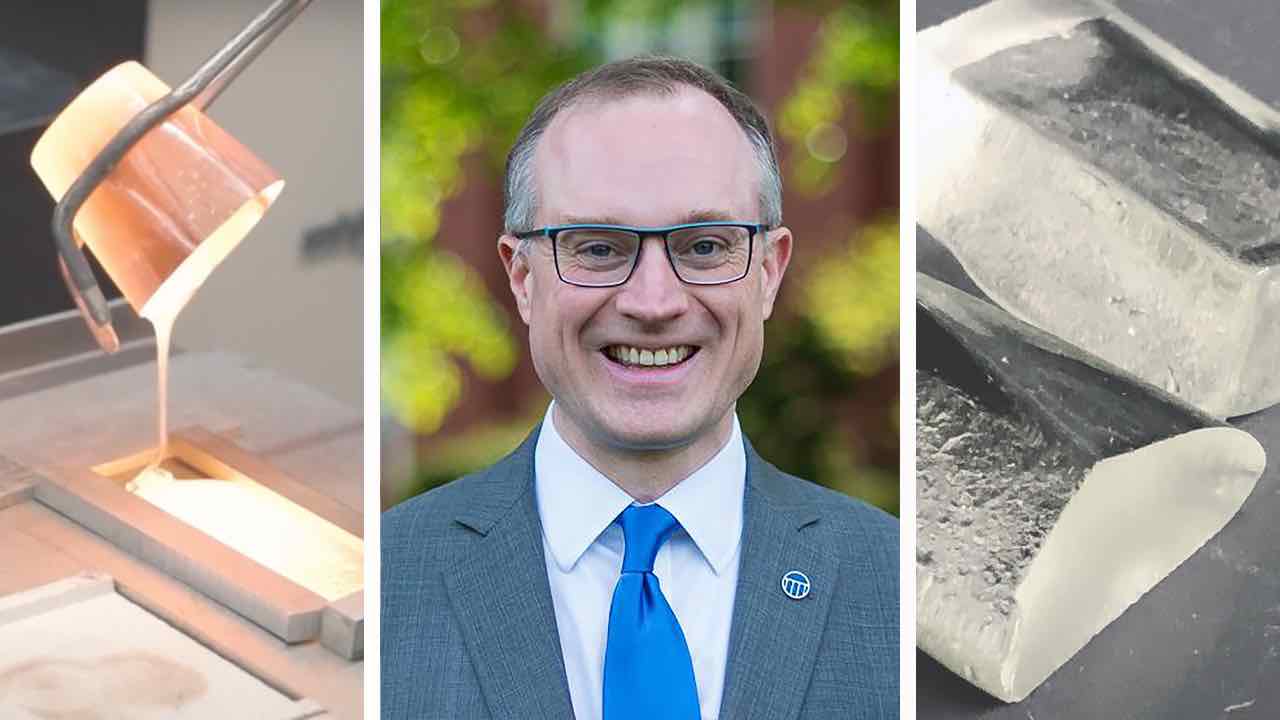We met John C. Mauro, Dorothy Pate Enright Professor of Materials Science and Engineering at Pennsylvania State University (Penn State) in State College (Pennsylvania, USA). He is the inventor or co-inventor of several new glass compositions for Corning, including Corning Gorilla Glass products. The latter is designed to be thin, light and damage-resistant. The alkali-aluminosilicate sheet glass is used primarily as cover glass for portable electronic devices, including mobile phones, portable computer displays, and television screens. John Mauro has also 72 granted U.S. patents and has many more additional patents pending.
Currently, Dr. Mauro is the lead researcher on the LionGlass project. LionGlass, engineered by researchers at Penn State, is 10 times as crack-resistant compared to standard soda lime glass (conventional glass). Moreover, there is a reduction in energy consumption of approximately 30%.
You’re the inventor and co-inventor of several new glass compositions for Corning, including Gorilla Glass products. What’s the secret to creating a light and very resistant glass composition, such as Gorilla Glass? Does it all depend on the ingredients you put in?
The most important factor is the chemical composition of the glass. The ingredients of the glass must be carefully chosen to obtain the desired properties, such as high strength, optical transparency, chemical durability, etc. Another important factor is processing, since the properties of a glass can vary depending on how quickly it is cooled from the molten state. Additional processing steps can also be used after the glass is formed to further improve properties. In the case of Corning Gorilla Glass, the glass articles are chemically strengthened by submerging them in a molten salt bath. The resulting ion exchange process creates a layer of compressive stress at the surface of Gorilla Glass, which dramatically improves its strength.
What are the most important problems in glass science and engineering?
Glass is a nonequilibrium material, neither a true liquid nor a true solid, making it especially difficult to understand the fundamental physics of the glassy state. Another challenge is developing a method to discover and optimize new glass chemistries to achieve target property values. On the engineering side, new glasses are needed to address global challenges in healthcare, renewable energy generation, energy storage, and environmental sustainability.
I read that your invention, called LionGlass, will decrease carbon emissions and will be much more resistant. What are the most important features of LionGlass? How does it manage not to pollute the environment and to be very resistant?
LionGlass is Penn State’s patent-pending glass compositional family that offers, for the first time, an alternative to standard soda lime silicate glass, reducing the carbon footprint of the glass industry by 50%. LionGlass achieves this goal by lowering the melting temperature of everyday glass products by 400°C and eliminating the use of carbonate batch materials. LionGlass also offers 10× improvement in damage resistance compared to soda lime, enabling lightweighting of glass products.
Is it true that LionGlass is so resistant that you couldn’t break it? What is its maximum load?
LionGlass achieves its remarkable strength through intrinsic damage resistance, i.e., the ability of the glass to deform plastically under a load before initiating a crack. LionGlass has such high damage resistance that we were unable to find its crack initiation threshold up to 1 kgf under a Vickers diamond microindenter.

Credits: Adrienne Berard / Penn State
READ ALSO –> Interstellar sail: Matthew Campbell, mechanical engineer, answers our questions
What do you think the future of LionGlass will be? Could it be used in space missions, or to help engineers and architects on Earth?
The greatest promise of LionGlass comes on our home planet of Earth. By reducing the carbon footprint of the glass industry by around 50%, LionGlass represents a major step toward sustainable glass manufacturing and being kind to our Mother Earth. The next steps are developing partnerships with glass manufacturing companies and their customers to work toward successul scaleup and commercialization.
- Cover image: John Mauro (central photo: matse.psu.edu); side photo: Penn State University YouTube (first image) / psu.edu (second image)

